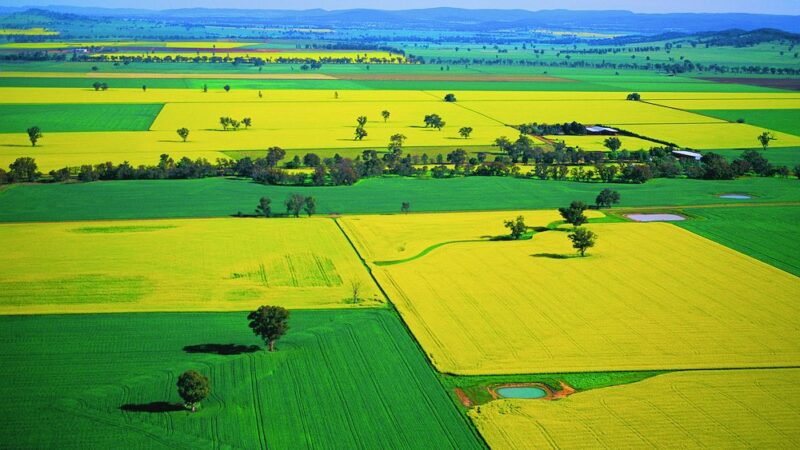The National Farmers Federation 2030 Roadmap outlines the government’s plan and vision to ‘exceed $100…
Powering up the undergrounding debate
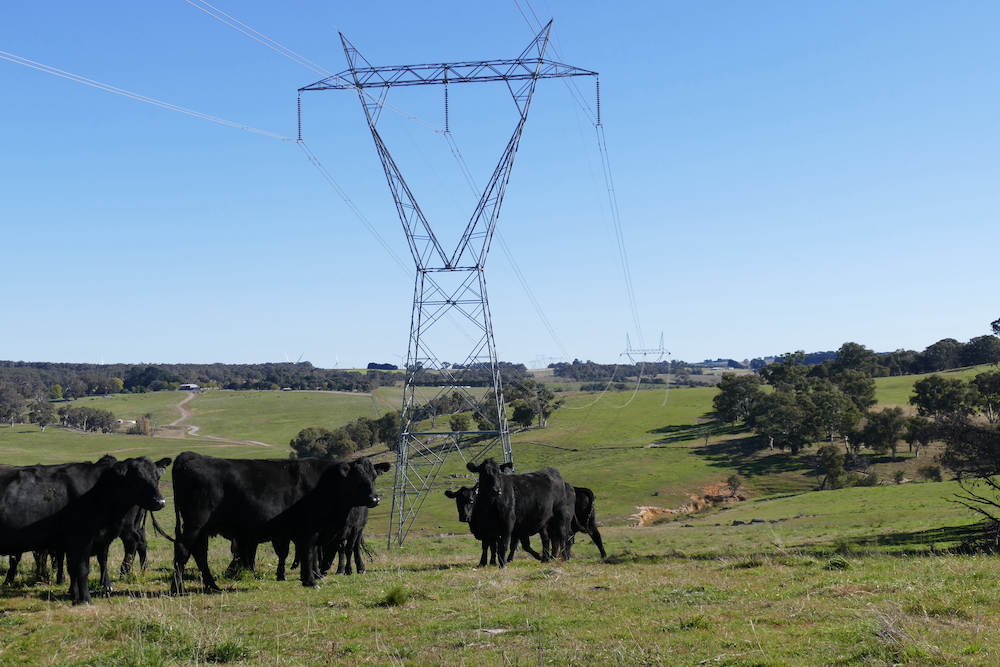
Underground powerlines look better and are safer in times of natural disasters, however the need to dig trenches does come with a hefty price tag.
For instance, according to the results of a Transgrid investigation, construction costs would more than triple if the 360-kilometre HumeLink project went underground. The project will connect Wagga Wagga, Bannaby and Maragle via a new 500kV Alternating Current (AC).
Consultants investigated HVAC (High Voltage Alternating Current) or HVDC (High Voltage Direct Current) options, both above the ground and underground, for the HumeLink Undergrounding Study Report.
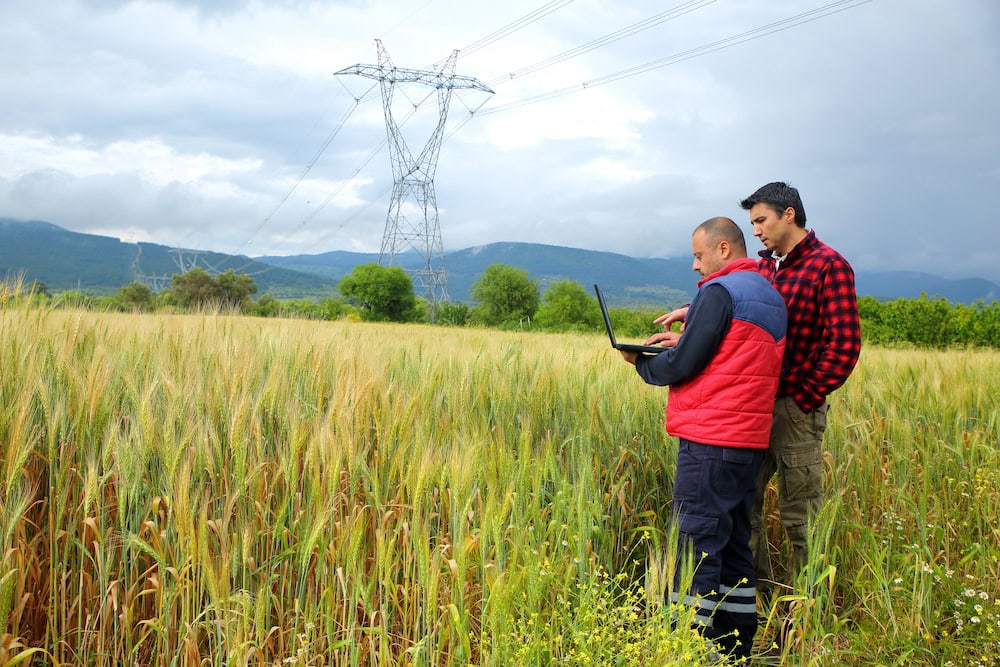
Released in August last year, the report estimated a $17.1 billion total price tag for putting HVAC lines underground and $11.5 billion for HVDC lines, compared to the project’s current costings of $3.3 billion.
The increased costs are driven by a range of factors, most obviously the need to dig the trenches. Other costs include labour, materials, plant and equipment, as well as engineering and project management costs.
The environmental and social cost
Affected landholders and members of the Humelink Community Consultation Group (CCG) such as Andrea Strong are disputing costings laid out in the report.
“We could not endorse the report at the end of the process. We considered that it was flawed and unbalanced,” she said. “We believe the HVDC construction costs could be exaggerated by billions, and the current overhead project cost could be understatedby at least a billion.”
Andrea is a NSW Farmers member and beef producer based in Gunning and was one of three community members on the steering committee for the underground study.
“The figure they produced for the overhead lines was based on 2020 input costs and the one for undergrounding was based on 2022 input costs. The consultants doing the study said there has been a dramatic rise in input prices in the last two years, so it’s not a fair comparison in that regard.
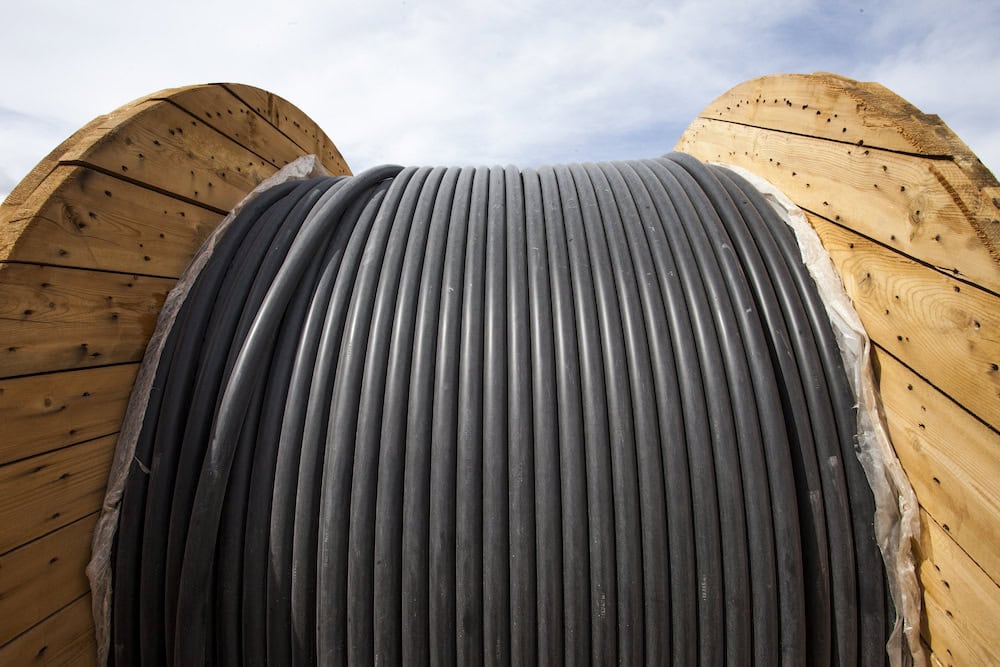
“The independent undergrounding expert, who was paid for by Transgrid to advise the community, has also said publicly he does not endorse the report.
“They first released the report in June with a cost of $21 million per kilometre for undergrounding cable. The expert told us that was wildly exaggerated, and the report was eventually retracted.
“Another independent expert was appointed to resolve the issue and they estimated a worst-case scenario of $6.5-$7.5 million per kilometre.”
Andrea Strong, NSW Farmers member and beef producer
Andrea said these cost estimates do not include the cost of DC converter stations required to transform the current back to AC for retail use, which makes the total installation cost more for undergrounding.
“It is complicated comparing the two options. We don’t disagree that the initial construction costs will be more for underground – we knew that at the outset of the study.
“But I do believe there is a misconception that overhead transmission lines deliver the cheapest electricity. There are potentially enormous costs to agriculture, the environment and to communities.”
Andrea said the report concluded that the corridor needed for one underground option was 17 metres, compared to 70 metres for the overhead option.
“We are concerned about the impact to threatened species and it’s going through ecologically threatened communities and valuable remnant vegetation on farmland.
“There are also costs to the productive efficiency of agriculture, particularly in terms of modern precision farming practices that rely on technologies such as drones, machine guidance and virtual fencing.
“Many governments in other countries have come to the conclusion that undergrounding is the cheaper option when you take all the associated environmental costs into account. The construction costs for undergrounding are more, but the offsetting non-market benefits for the environment and the community outweighs that.”
Andrea Strong, NSW Farmers member and beef producer
Andrea cited the 700km HVDC underground SuedLink project currently being constructed in Germany as an example. The 525kV direct underground power line will connect wind-rich areas in northern Germany to major consumption areas further south. The project is tipped to cost AUD$15.4 billion and is a key plank in Germany’s plan to have 80 per cent of the country’s power supply be renewable energy by 2050.
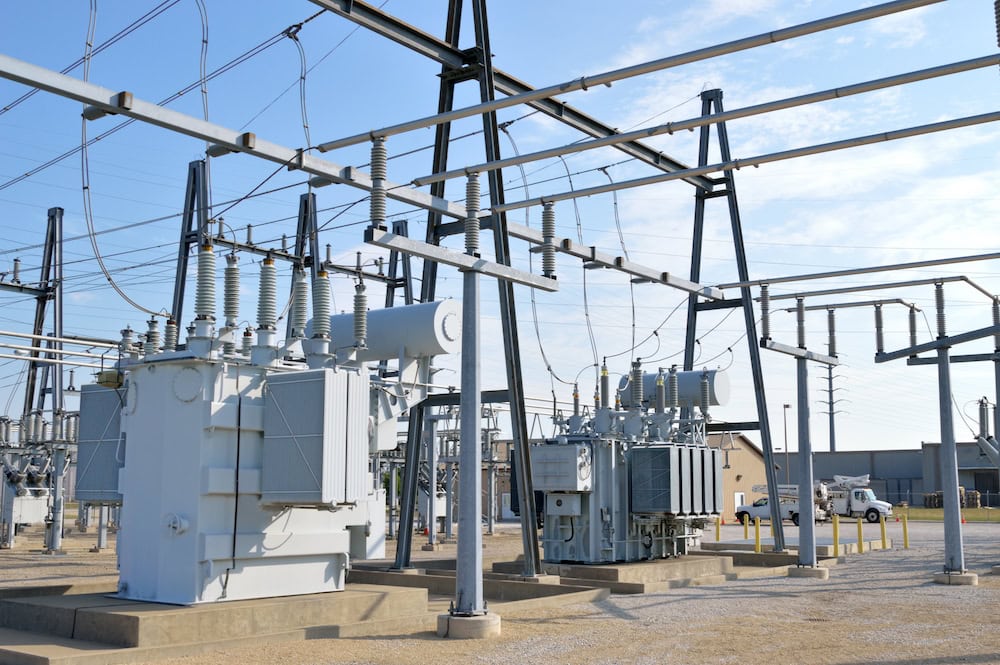
Changes to the assessment process
NSW Farmers economist Brendan O’Keeffe said there needs to be greater consideration of undergrounding as an option earlier in the regulatory assessment process.
“Greater consideration of the environmental and social costs associated with transmission lines earlier in the regulation process would avoid the current situation with HumeLink, which is characterised by a lack of transparency, robust analysis and community acceptance.”
Brendan O’Keeffe, NSW Farmers economist
According to Brendan, the Australian Energy Market Commission has conducted a review of the transmission planning and investment process, finding that there are opportunities to incorporate social licence in the Regulatory Investment Test for Transmission (RIT-T) process.
“This test currently only considers economic costs and their impact on energy consumers, ignoring broader impacts on communities and the environment.
“Transmission companies are also supportive of this regulatory change as it would allow them to recover social licence costs such as consultation and analysis of different route options.”
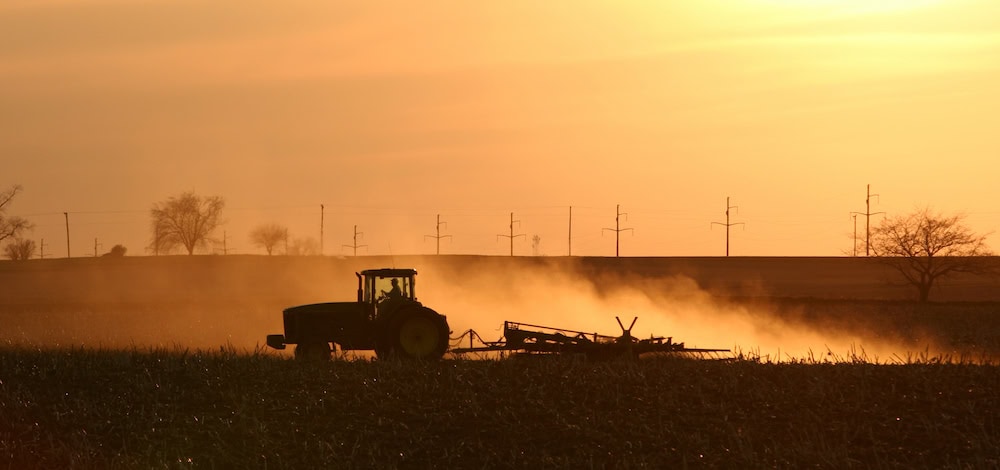
Brendan is advising the NSW Farmers Energy Transition working group to develop a policy that advocates for incorporating undergrounding as an option for future transmission lines.
One option Brendan noted is “a change to the national energy rules to provide consistency and certainty for the handling of social licence costs, which will ensure the mistakes of HumeLink are not repeated.
“This will be especially important in light of the hundreds of kilometres of transmission lines that will be financed by the $20 billion Rewiring the Nation program,” Brendan said.
If you enjoyed this piece on underground transmission lines, you might also like to read about the focus on regional land use at the NSW State Election debate series.








